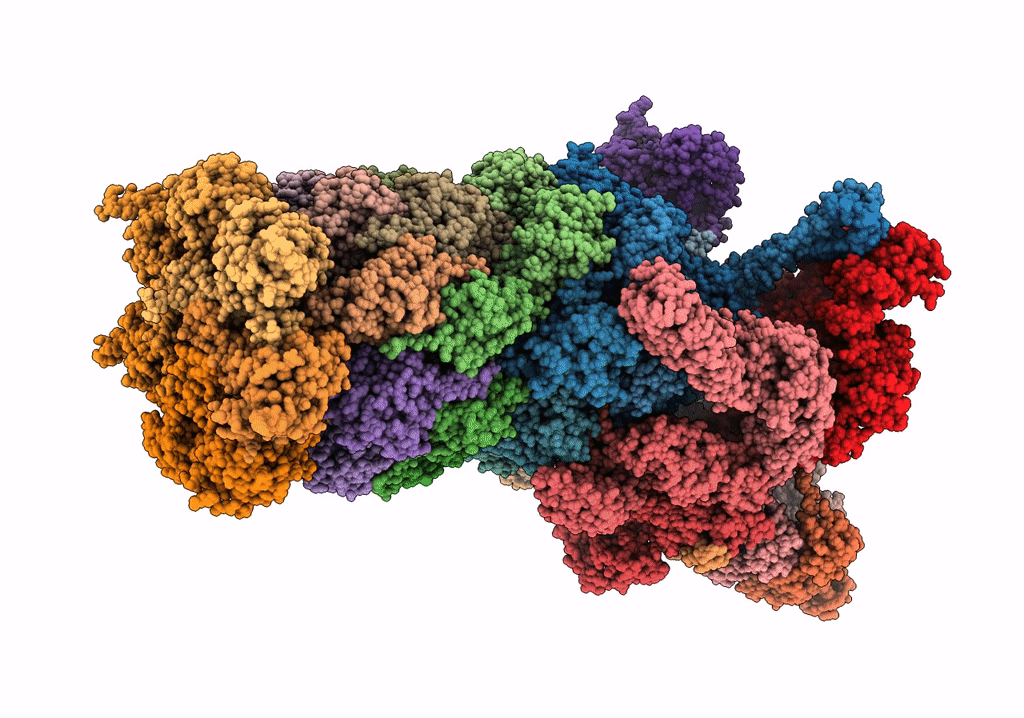
Deposition Date
2021-11-25
Release Date
2022-05-04
Last Version Date
2024-10-30
Entry Detail
PDB ID:
7W3K
Keywords:
Title:
Structure of USP14-bound human 26S proteasome in substrate-inhibited state SD4_USP14
Biological Source:
Source Organism:
Homo sapiens (Taxon ID: 9606)
Host Organism:
Method Details:
Experimental Method:
Resolution:
3.60 Å
Aggregation State:
PARTICLE
Reconstruction Method:
SINGLE PARTICLE


